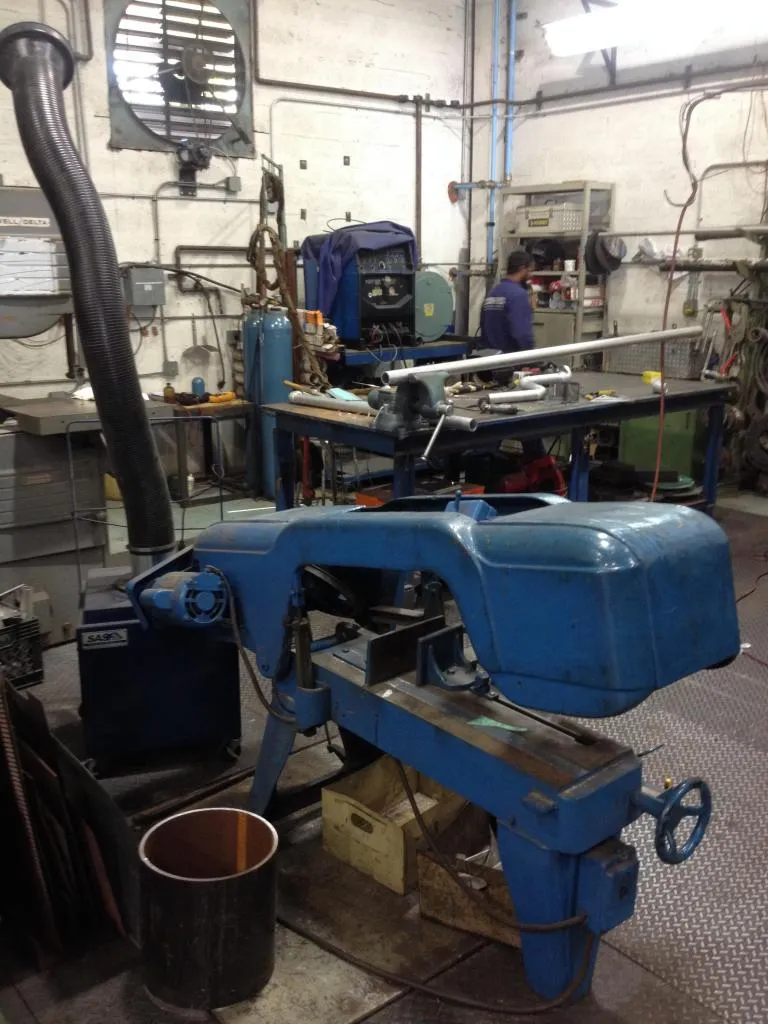chris kennedy
Senior Member
- Location
- Miami Fla.
- Occupation
- 60 yr old tool twisting electrician
I have an issue at a facility I'm fairly familiar with. I find a 480V welder that when in use fried the EGC contacts on 2 208V L15-20's where those two pieces of equipment sit on the same grounded welding platform.
Here is where I screwed up. I was measuring AC current (DC more appropriate?) on the EGC at the 480V welders safety switch. Was getting 13A on startup and 7A continuous while in duty. Had the welder change the return cable to one in better shape and clean contact surfaces and current dropped to under 3A.
Whats my next step here?
Thanks
Here is where I screwed up. I was measuring AC current (DC more appropriate?) on the EGC at the 480V welders safety switch. Was getting 13A on startup and 7A continuous while in duty. Had the welder change the return cable to one in better shape and clean contact surfaces and current dropped to under 3A.
Whats my next step here?
Thanks


